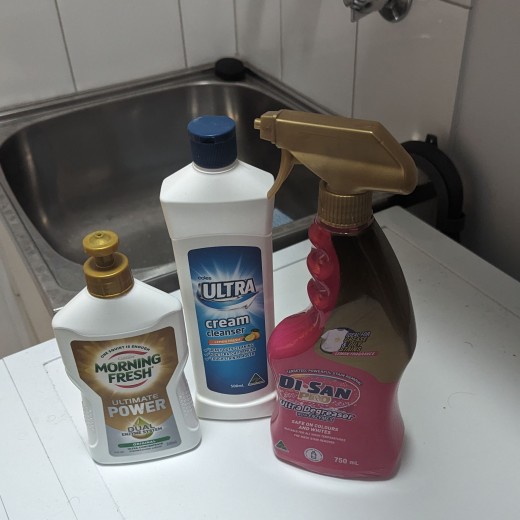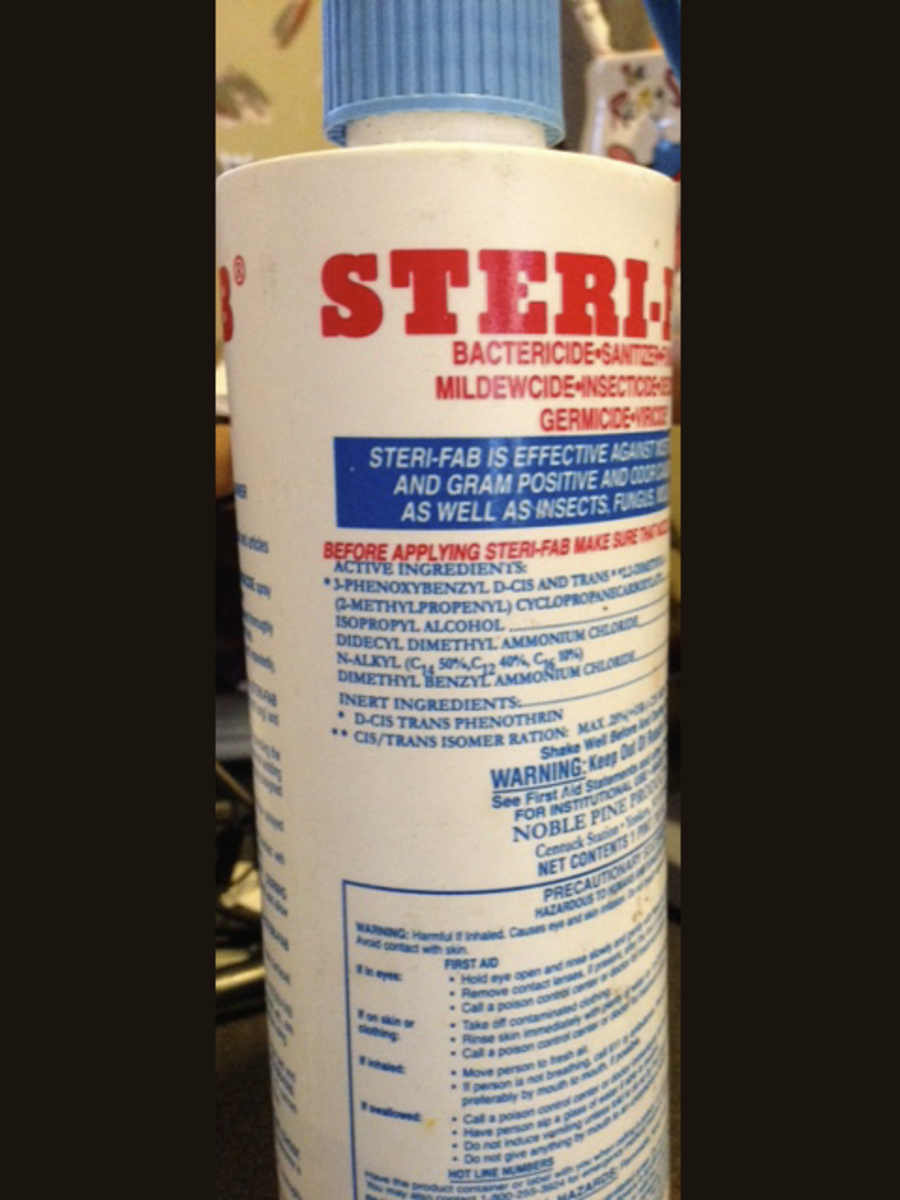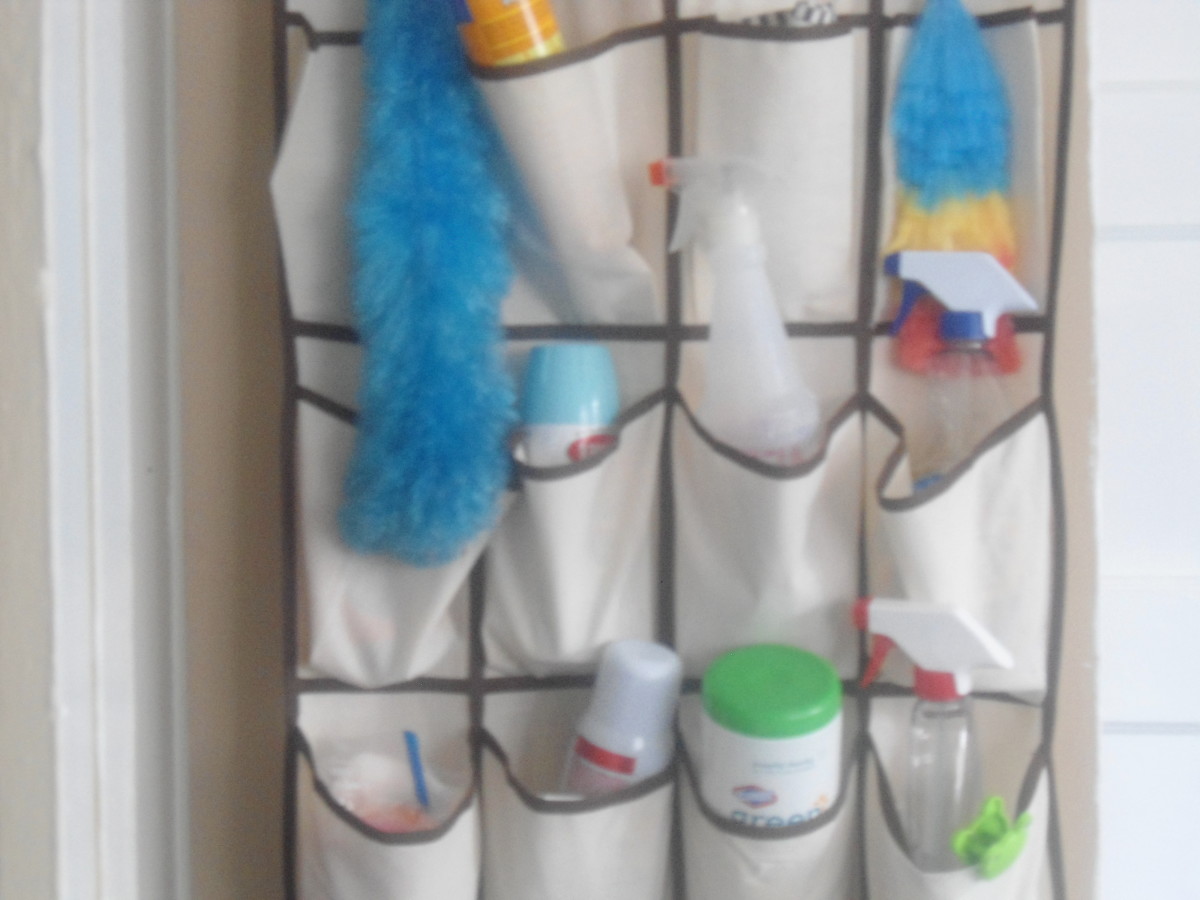How Does Detergent Work?
Detergent is a material that increases the cleaning effect of water on soiled objects.
There are also nonaqueous detergents that enhance the cleaning power of organic solvents; for example, they are used in dry cleaning and in engine oils to prevent dirt and gummy decomposition products from depositing on the metal. However, this article will discuss only those detergents that are effective in water.

Composition
Detergents vary in composition, depending on the cleaning task for which they are intended. Those that are used for laundering usually contain several basic kinds of ingredients. There are surface active agents, or surfactants, which are substances that greatly lower the surface tension of water. This physical effect is important in detergency, and many surfactants are effective detergents by themselves. There are also builders, which are generally inorganic salts or alkalis that enhance the cleaning action of the surfactant, although they themselves may not be good detergents. Detergents may also contain auxiliary components that impart special performance characteristics to the material.
Soap, which is made from fats or fatty acids, is a detergent. However, in common usage the term "detergent" is not applied to soap but only to the synthetic non-soap substances first introduced in the 1930s.
Surfactants
Surfactants have elongated molecules, one end of which is a water-insoluble non-polar hydrocarbon, while the other end is a water-soluble polar radical, which may or may not be capable of ionizing. Thus there are anionic (negatively charged), cationic (positively charged), and nonionic surfactants. The anionic and nonionic types are commonly used as detergent components.
Soap is an anionic surfactant in which the polar group is a carboxyl group. Both the free-acid form of soap and its salts with heavy metals are insoluble. Therefore, soap does not perform well in hard or acid water. The synthetic anionic surfactants that have either sulfonate or sulfate polar groups form soluble heavy metal salts and acids. Their ability to perform well in hard water and at low pH is a major advantage.
Most nonionic surfactants are liquids. They tend to be poor foamers and are favored where low foam is desirable. The nonionic surfactants perform well over a wide range of water hardness and pH.
Builders
The most effective builders for synthetic laundering formulations are the condensed phosphates, particularly sodium tripolyphosphate, which is a deflocculant and water softener that contributes greatly to the overall detergent effect. In many detergents, builders serve special functions other than cleaning. For example, silicates boost the cleaning power of soap but contribute little to that of the synthetic surfactants; however, they are used in synthetic formulations to inhibit the corrosion of metal washing-machine parts.
Auxiliary Agents
Among the auxiliary agents used in detergents the most important are the foam stabilizers, the optical brighteners or whiteners, and the antiredeposition agents. Foam stabilizers are organic materials that are closely related to surfactants. Optical brighteners are colorless dyes that are deposited more or less irreversibly on the fabric during washing; they fluoresce in sunlight, thereby producing a brighter than normal appearance. During washing, some components of the removed dirt tend to redeposit on the fabric. An antiredeposition agent strongly inhibits this effect and is an essential ingredient in synthetic laundering formulations.
Types of Detergents
The major categories of detergents are those for personal use, laundering, hard-surface cleaning, and specialized industrial cleaning.
Detergents for personal use seldom contain builders. Soap bars consist essentially of pure soap, aside from coloring and perfume and normal moisture. Synthetic surfactant bars contain binding materials as well as active surfactant. The binders give the bar the desired mechanical properties. Shampoos are usually solutions of synthetic surfactants together with foam-boosting ingredients. They often contain special auxiliaries for controlling dandruff or conditioning hair.
The largest single use of detergents is in laundering. Laundering detergents are most commonly found in the form of spray-dried beads. Such detergents contain 15% to 25% synthetic surfactant, 30% to 40% condensed phosphate, 5% anticorrosive silicate, and 1% or less of antiredeposition agent and optical brightener. The remainder, except for other special auxiliaries, consists of inert inorganic salt, which gives the dried product good physical and mechanical properties. Liquid laundering detergents contain essentially the same active ingredients as the bead type, but in place of the inert salt they have solubilizers and water. Cold-water detergents contain surfactant auxiliaries that soften and loosen the dirt rapidly at low temperatures.
Detergents for hard-surface cleaning contain less organic surfactant and more builder than laundering detergents. The builders vary according to the alkalinity desired and the type of cleaning to be done. Condensed phosphates and ortho-phosphate are effective, versatile hard-surface cleaners and are used in many different formulations. Sodium silicates are used in machine dishwashing compounds. Scouring powders contain a large proportion of abrasive together with builders, such as ammonia and borax. Window cleaners and fast-acting, liquid general-purpose cleaners may also contain organic solvents.
Most industrial cleaning involves hard-surface substrates. The operations include the cleaning of metal parts during fabrication and before plating or painting; maintenance cleaning of ve-icles; and janitorial cleaning. The detergents used are usually high in builder content and contain low-foaming surfactants of high cleaning power. Foam is objectionable because it lowers the efficiency of most cleaning machines.
Detergents and Water Pollution
Early synthetic detergents caused water pollution because their surfactant components were not susceptible to breakdown by bacteria in the soil and in sewage treatment plants. The detergent foam persisted in streams and impeded the operation of sewage disposal plants. This situation has been almost entirely corrected by the adoption of biodegradable surfactants, which are attacked and broken down readily by sewage and soil bacteria. However, there is still concern over the possible damaging effects of the phosphate component of detergents when it is discharged into streams and lakes. Phosphate can stimulate the growth of algae and upset the ecological balance of large bodies of water.
This content is accurate and true to the best of the author’s knowledge and is not meant to substitute for formal and individualized advice from a qualified professional.
© 2010 Bits-n-Pieces








